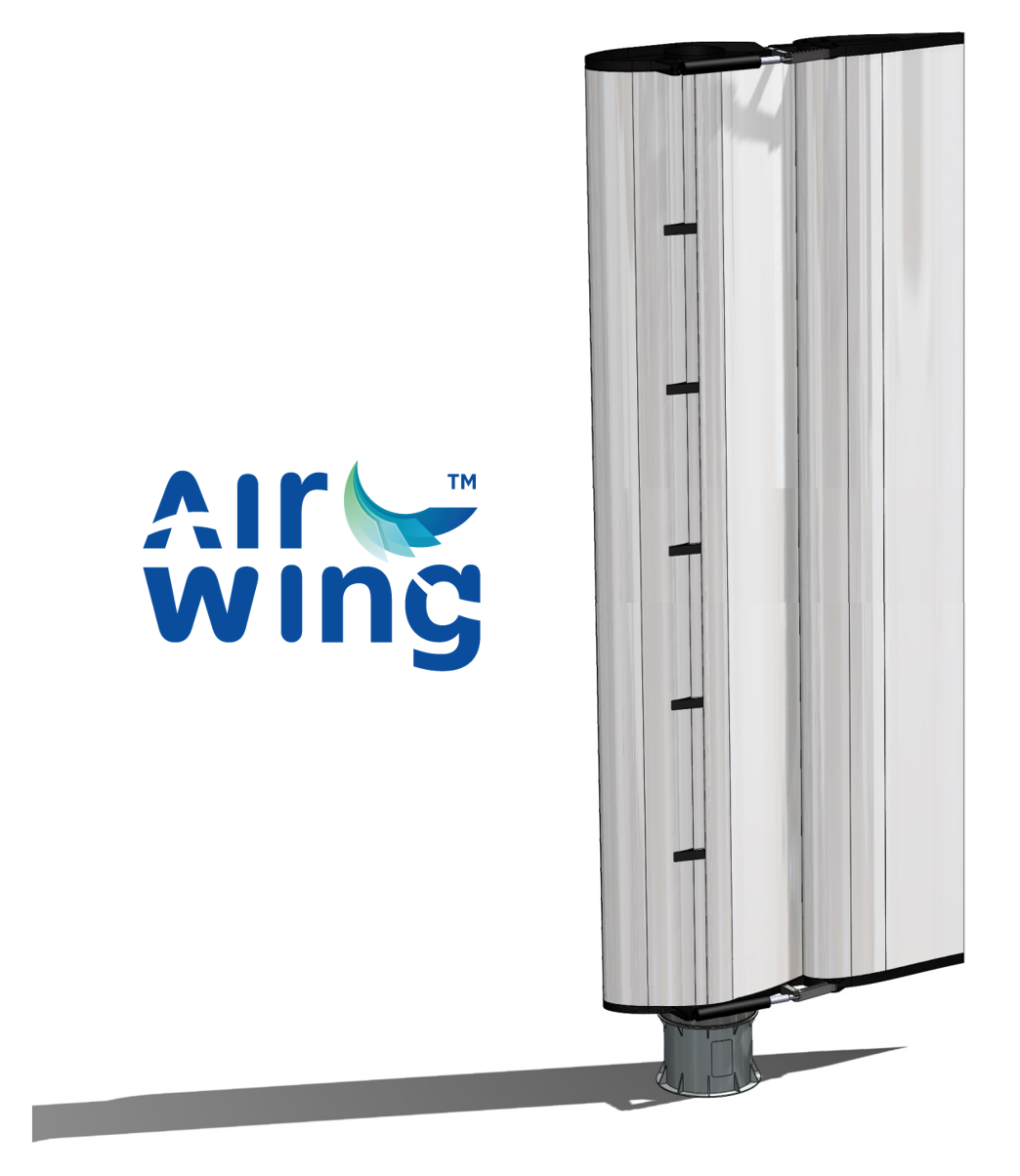We review and showcase five key facts and one case study from Gearbulk’s recently published 2014 sustainability report with special focus on their investments in clean technology and strategies for fuel and CO2 reduction.
1. They Are On Track To Meet Their 2015 CO2 Reduction Target
The company, which previously set themselves up for an ambitious target of reducing their CO2 by 20% from 2010 levels by the end of 2015, has successfully managed to achieve a 16% reduction to date.
2. Their Carbon Footprint Has Dropped Since 2009
Their in-house Carbon Footprint Report, which follows International Maritime Organization (IMO) guidelines for measuring the CO2 emitted per tonne mile of cargo carried and is known as the CO2 Index, recorded a CO2 Index level drop of 2.25 in just 5 years. Previously, the level on the CO2 Index was at 10.33 in 2009, dropping to 8.08 in 2014.
3. They Have Invested Heavily In Fuel Efficiency Technologies
Hand in hand with reducing their fleet’s CO2 emissions, Gearbulk has invested heavily in efficiency technologies that reduce fuel usage. For instance, installation of flow meters, propeller shaft torque meters and propeller boss cap fins on ships have assisted in reducing overall fuel consumption.
In addition to this, Gearbulk have utilised a dedicated Fuel Performance Department to analyse all performance data in order to gain better measurements and performance analysis for better decision making.
4. They Have Invested In Scrubbers and Ballast Water Treatment Systems For Their Fleet
Gearbulk has invested in scrubbers to reduce sulphur oxides (SOx) emission from its fleet and is considering a move to liquefied natural gas (LNG) for newbuild vessels in order to reduce SOx by 90%.
Furthermore, Gearbulk has been using ballast water treatment systems since 2012 on all newbuilds.
5. They Also Have A Strategy For Biofouling And Sediment Management
They have implemented a Biofouling and Sediment Management Plan to minimise the threat from biofouling.
Case Study: Fuel Saving Success
Optimising ship performance has previously illustrated the energy efficiency and sustainability gains that are achievable for Gearbulk. For instance, the Lawin Arrowwas part of a planned Fleximax II Eco series consisting of four sister ships. The Lawin Arrow itself has managed to consume 13% less fuel than its sister ships at full speed. The following design improvements were made:
– Low friction anti-fouling used to reduce the energy required to propel the ship through the water.
– Stator fins to improve the flow of the water into the propeller.
– Elimination of the bow thruster and electronic de-rating control of the main engine to reduce overall consumption.
Through these design changes the ship achieved the highest A-grade rating in the Rightship Greenhouse Gas (GHG) Emissions A-G rating system.
In addition to this, the Ibis Arrow was retrofitted in May 2014 with a propeller boss cap fin. The propeller was super polished, and a high-end anti-fouling was applied on the hull. The speed of the ship improved by 3% compared with the best performance recorded in the last 7 years.
































